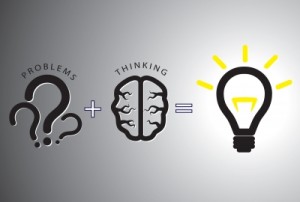 As graphic designers ourselves, we’re sick and tired of seeing so many mediocre advertisement designs floating around. We’re tired of seeing these illustrations that don’t speak to the audience, don’t say anything worth looking at, and generally speaking, don’t sell products. So with all of that in mind, here’s our breakdown on how you can start designing better adverts, and start making us happier as individuals.
As graphic designers ourselves, we’re sick and tired of seeing so many mediocre advertisement designs floating around. We’re tired of seeing these illustrations that don’t speak to the audience, don’t say anything worth looking at, and generally speaking, don’t sell products. So with all of that in mind, here’s our breakdown on how you can start designing better adverts, and start making us happier as individuals.
- Know the Target Audience: Before you ever start sketching—nay, before you even start to contemplate what the design will look like—you had better sit down and have a long hard think about who the target audience is. Are you pitching the product or idea to soccer moms, teenagers, aging white men in Alabama? If you don’t know who you’re actually selling the advertisement to, you simply cannot produce a good design. It will never happen. As such, take ten minutes and mull the matter over. Once you have a clear picture in your mind, get to drawing and sketching, gaucho!
- Know the Product like the Back of Your Hand: What do you know about the product or idea that you’re selling? Do you know the history of it? Do you know it well enough to give someone a complete oral rundown about it? If the answer is no, then go hit the books like you never have before. If you don’t know the history of the product, you don’t know if you’re missing out on a mascot or slogan that the dedicated users of the product adore. For instance, if you’re unaware of the history of Ronald McDonald, you might decide to give him a rainbow suite and no clown nose: The fans aren’t going to respond well to this. Know what you’re dealing with, that way your designs keep any lineage or importance intact.
- Start in Black and White: Now, some of our readers may disagree about this, but we strongly suggest you start your design in black and white. You see, not all instances of the advert will be in color, and you’re going to want to be sure the design works as a monochrome outing. If it doesn’t, you’ve got one huge mess on your hands when the client finds out about it.



![Stereotypes in Design [Infographic]](https://dc-prod-blog.sfo2.digitaloceanspaces.com/uploads/2015/06/what-does-a-graphic-designer-do.png)